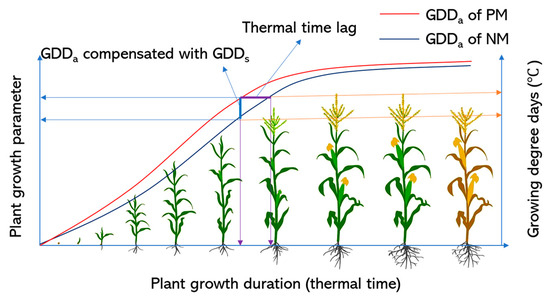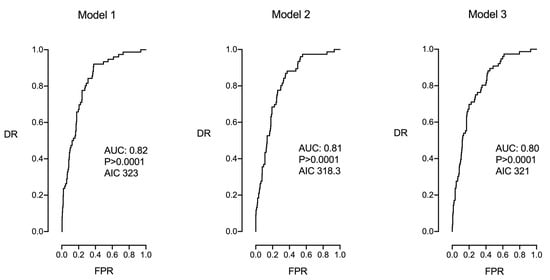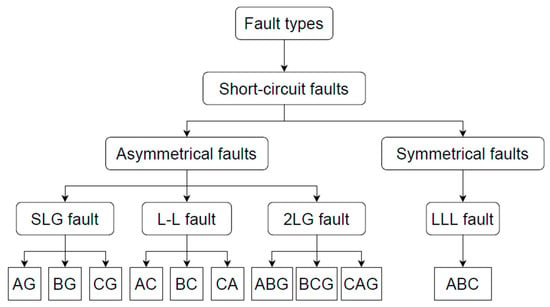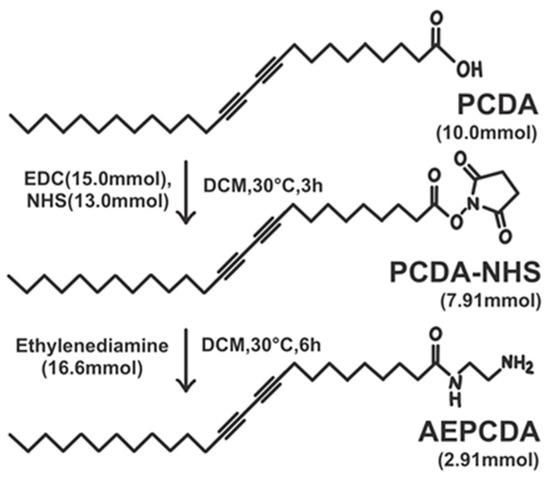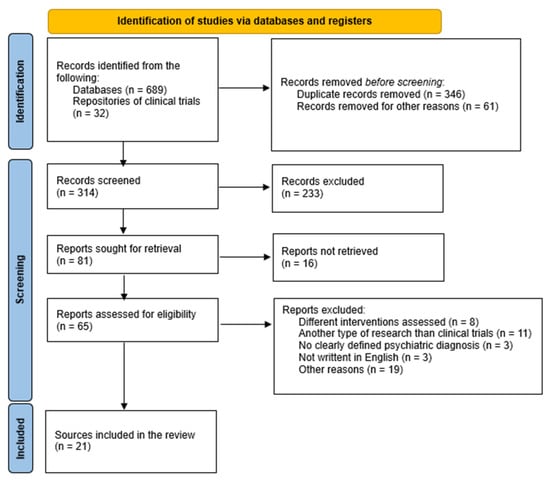In this paper, experimental and numerical studies were conducted to differentiate solvent exsolution and liberation processes from different heavy oil–solvent systems in bulk phases and porous media. Experimentally, two series of constant-composition-expansion (CCE) tests in a PVT cell and differential fluid production (DFP) tests in a sandpacked model were performed and compared in the heavy oil–CO
2, heavy oil–CH
4, and heavy oil–C
3H
8 systems. The experimental results showed that the solvent exsolution from each heavy oil–solvent system in the porous media occurred at a higher pressure. The measured bubble-nucleation pressures (
Pn) of the heavy oil–CO
2 system, heavy oil–CH
4 system, and heavy oil–C
3H
8 system in the porous media were 0.24 MPa, 0.90 MPa, and 0.02 MPa higher than those in the bulk phases, respectively. In addition, the nucleation of CH
4 bubbles was found to be more instantaneous than that of CO
2 or C
3H
8 bubbles. Numerically, a robust kinetic reaction model in the commercial CMG-STARS module was utilized to simulate the gas exsolution and liberation processes of the CCE and DFP tests. The respective reaction frequency factors for gas exsolution (
rffe) and liberation (
rffl) were obtained in the numerical simulations. Higher values of
rffe were found for the tests in the porous media in comparison with those in the bulk phases, suggesting that the presence of the porous media facilitated the gas exsolution. The magnitudes of
rffe for the three different heavy oil–solvent systems followed the order of CO
2 > CH
4 > C
3H
8 in the bulk phases and CH
4 > CO
2 > C
3H
8 in the porous media. Hence, CO
2 was exsolved from the heavy oil most readily in the bulk phases, whereas CH
4 was exsolved from the heavy oil most easily in the porous media. Among the three solvents, CH
4 was also found most difficult to be liberated from the heavy oil in the DFP test with the lowest
rffl of 0.00019 min
−1. This study indicates that foamy-oil evolution processes in the heavy oil reservoirs are rather different from those observed from the bulk-phase tests, such as the PVT tests.
Full article
 IJMS
IMPACT
IJMS
IMPACT Applied Sciences
IMPACT
Applied Sciences
IMPACT Sustainability
IMPACT
Sustainability
IMPACT Sensors
IMPACT
Sensors
IMPACT JCM
IMPACT
JCM
IMPACT Materials
IMPACT
Materials
IMPACT Molecules
IMPACT
Molecules
IMPACT Energies
IMPACT
Energies
IMPACT Electronics
IMPACT
Electronics
IMPACT Remote Sensing
IMPACT
Remote Sensing
IMPACT Cancers
IMPACT
Cancers
IMPACT Nutrients
IMPACT
Nutrients
IMPACT Mathematics
IMPACT
Mathematics
IMPACT Foods
IMPACT
Foods
IMPACT Buildings
IMPACT
Buildings
IMPACT Polymers
IMPACT
Polymers
IMPACT Animals
IMPACT
Animals
IMPACT Water
IMPACT
Water
IMPACT Plants
IMPACT
Plants
IMPACT Agronomy
IMPACT
Agronomy
IMPACT Biomedicines
IMPACT
Biomedicines
IMPACT Processes
IMPACT
Processes
IMPACT Microorganisms
IMPACT
Microorganisms
IMPACT Diagnostics
IMPACT
Diagnostics
IMPACT Nanomaterials
IMPACT
Nanomaterials
IMPACT Viruses
IMPACT
Viruses
IMPACT Medicina
IMPACT
Medicina
IMPACT Healthcare
IMPACT
Healthcare
IMPACT Cells
IMPACT
Cells
IMPACT Forests
IMPACT
Forests
IMPACT Agriculture
IMPACT
Agriculture
IMPACT Land
IMPACT
Land
IMPACT JMSE
IMPACT
JMSE
IMPACT IJERPH
IJERPH
 Symmetry
IMPACT
Symmetry
IMPACT Genes
IMPACT
Genes
IMPACT Pharmaceutics
IMPACT
Pharmaceutics
IMPACT Coatings
IMPACT
Coatings
IMPACT Micromachines
IMPACT
Micromachines
IMPACT Pharmaceuticals
IMPACT
Pharmaceuticals
IMPACT Atmosphere
IMPACT
Atmosphere
IMPACT Children
IMPACT
Children
IMPACT Religions
IMPACT
Religions
IMPACT Antioxidants
IMPACT
Antioxidants
IMPACT Life
IMPACT
Life
IMPACT Metals
IMPACT
Metals
IMPACT Biomolecules
IMPACT
Biomolecules
IMPACT Vaccines
IMPACT
Vaccines
IMPACT Education Sciences
IMPACT
Education Sciences
IMPACT Minerals
IMPACT
Minerals
IMPACT Horticulturae
IMPACT
Horticulturae
IMPACT Brain Sciences
IMPACT
Brain Sciences
IMPACT JPM
IMPACT
JPM
IMPACT Bioengineering
IMPACT
Bioengineering
IMPACT




